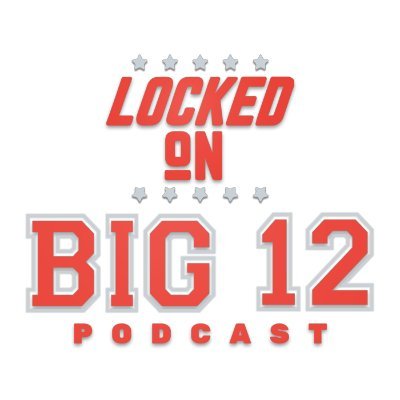 0
0
- Big 12
- Locked On CFB
- Neutral Media
- YouTube
- + Show More
This is an automated post onto our collaborative platform by Locked On Big 12 from YouTube
If the video doesn't load/isn't available, you can watch HERE on YouTube
Find out how you can earn by sharing this content!
Here's why many believe the original NIL era is over:
1. Direct University Payments Replace Third-Party Dominance:
The Big Shift: The most significant change is that universities can now directly pay athletes for their NIL, up to an annual cap (starting at approximately $20.5 million per school for 2025-2026). This fundamentally shifts the source of athlete compensation from external collectives and boosters to the university's official budget.
Reduced Reliance on Collectives: While third-party NIL deals are still permitted, the ability for schools to directly pay athletes for their NIL means that the massive, unregulated sums funneled through collectives, often blurring the lines of "pay-for-play" in recruiting, are expected to diminish in influence. Schools now have a legitimate, legal pathway to compensate athletes directly.
2. Centralized Enforcement and Oversight:
NCAA's Former Weakness: In the initial NIL era (post-July 1, 2021), the NCAA largely adopted a hands-off approach due to legal threats and state laws, leading to a fragmented and often chaotic enforcement landscape. This allowed for seemingly unrestricted "pay-for-play" deals disguised as NIL.
New "College Sports Commission" (CSC) and Deloitte's Role: The House settlement introduces a robust, centralized enforcement mechanism. The Power Four conferences are establishing a new "College Sports Commission" (CSC) to oversee NIL. This commission will work with a "clearinghouse" run by Deloitte, which will review third-party NIL deals exceeding $600. These deals will be subject to a "fair market value" (FMV) analysis to ensure they are legitimate endorsements and not simply disguised recruiting inducements. This kind of scrutiny was largely absent before.
Arbitration Process: If a deal is deemed not to meet FMV standards, there will be an arbitration process, bringing a level of accountability that didn't exist before.
3. Attempt to Curb "Pay-for-Play" in Recruiting:
The "Wild West" Problem: The original NIL era was characterized by a perception that boosters and collectives were offering multi-million dollar deals to high school recruits and transfer portal athletes primarily as inducements to commit, rather than for actual NIL activities.
"Fair Market Value" Enforcement: The new system's emphasis on FMV and the oversight by the CSC and Deloitte aims to stamp out these "faux" NIL deals. The timing of deals (e.g., around recruiting visits) and other "red flags" will be scrutinized. While there's skepticism about how effective this will be, the intent is clearly to bring more order and legitimacy to third-party deals.
4. Financial Structure and Caps:
The $20.5 Million Cap: The establishment of a fixed annual cap on direct school payments provides a clear financial framework. This limits the open-ended spending that characterized the early NIL collectives, where some programs were reportedly spending tens of millions annually with no defined limit.
Roster Limits: The settlement also introduces new roster limits (e.g., 105 for football), which could impact the number of athletes receiving compensation and scholarship opportunities, further managing costs within the new framework.
What Remains of NIL:
It's important to clarify that NIL itself isn't dead. Athletes can still:
Sign Third-Party Deals: They can still sign endorsement deals with brands, appear in commercials, and monetize their social media, provided these deals pass the new FMV scrutiny.
Benefit from Direct Payments: They will now receive direct payments from their universities, which is a new form of compensation for their NIL rights tied to the school.
Conclusion:
The "NIL era" as we knew it – characterized by unregulated, often opaque, and potentially unlimited third-party payments heavily influenced by recruiting and the transfer portal – is indeed over. The House settlement ushers in a new phase where:
Schools are central players in compensating athletes.
External deals face unprecedented scrutiny for legitimacy.
The overall goal is to bring more structure, transparency, and a degree of control back to athlete compensation, even as it professionalizes college sports in a way the NCAA fought against for decades. This is a dramatic shift, making the "Wild West" a historical footnote and replacing it with a new, more regulated "revenue-sharing era."
Follow & Subscribe on all Podcast platforms…
🎧 https://link.chtbl.com/LOBig12?sid=YouTube
Locked On College Conferences, HBCU, Basketball & More
🎧 https://linktr.ee/LockedOnCollege
Follow on Twitter: https://twitter.com/drakectoll
Follow the show on Twitter: https://twitter.com/LOBig12












